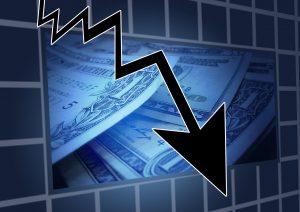A study from the Organisation for Economic Co-operation and Development (OECD) states that while the U.S. economy may face a recession in the latter part of 2022, other global economies such as China’s will thrive.
While the U.S. gross domestic product (GDP) grew 10% in 2021, the OECD projected that growth would slow to 2.5% by the end of 2022, and 1.2% by 2023. But even if the GDP lags, the OECD expects the labor market to stay tight and wage growth to hold fast. Inflation, as measured by the Consumer Price Index (CPI), was 8.6% in May 2022, but is expected to decrease to 3.6% in 2023 and 3.8% in 2024. The unemployment rate will stabilize around 3.6-3.8% over the next few years, and the federal funds rate will bounce back up to 2.6% in 2023.
Conversely, the OECD projects that China’s GDP will grow 4.9% in 2023, despite current per capita GDP numbers being lower than the U.S. In 2020, China’s economy was the only major economy to grow. But rigid Chinese COVID policies have thoroughly halted its usual high growth rate. To make sure their GDP goals are met, Chinese Premier Li Keqiang held an emergency meeting this May with thousands of local officials, calling on the government to help stabilize future economic growth.
Several aspects of the economy that could hinder growth include supply chain issues, oil prices, and the war in Ukraine, according to the OECD. The end of certain COVID-19 governmental financial aids could also limit spending, the report says. The OECD also notes that Russian aggression could push inflation rates up as well, which creates another impediment to increasing the GDP. To combat this impending economic uncertainty, the OECD recommends that households keep healthy balance sheets to fuel a strong resurgence in consumption.




















